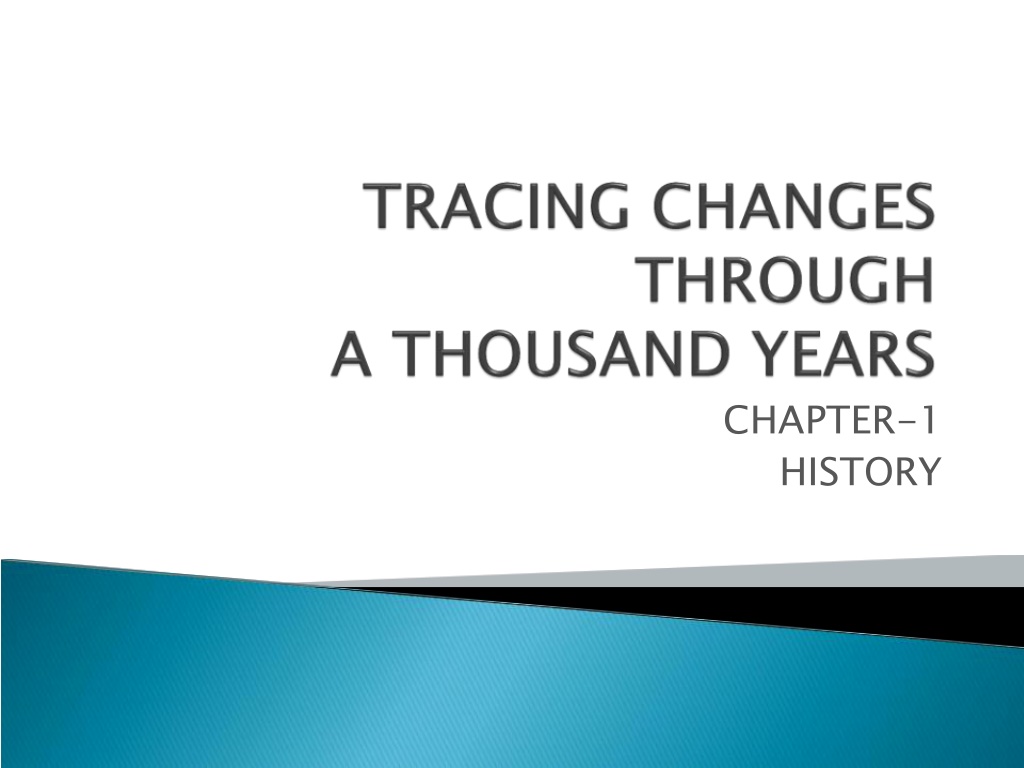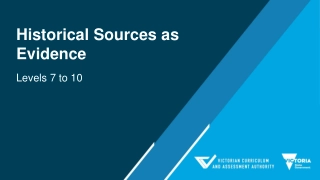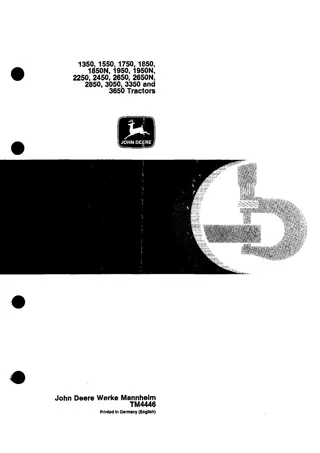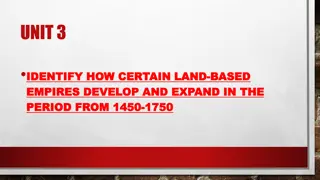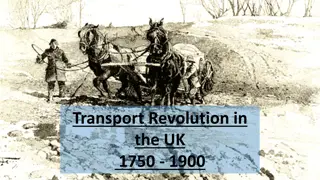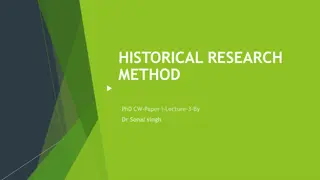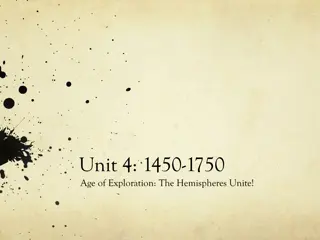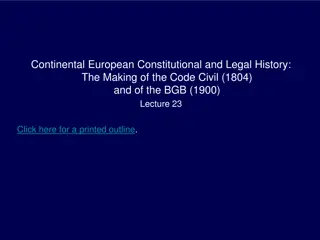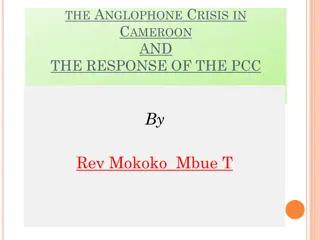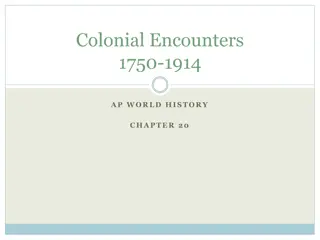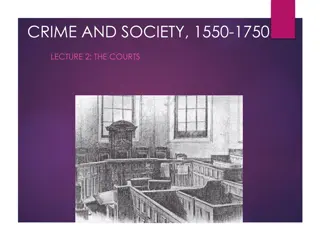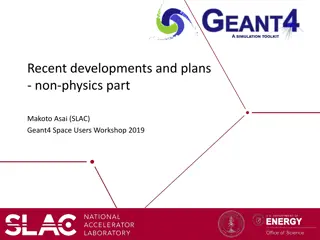Exploring the Historical Developments from 700 to 1750
The study of history between 700 and 1750 presents a vast array of challenges due to the diverse technological advancements, cultural shifts, and societal changes that occurred during this period. Historians rely on a variety of sources, such as coins, inscriptions, and manuscripts, to understand the developments that shaped the subcontinent. The rise of new technologies, mobility of people, and the emergence of different groups like the Rajputs, Marathas, Sikhs, and Jats played significant roles in shaping the region's history. Social stratification based on occupations and backgrounds further differentiated communities during this time.
Download Presentation

Please find below an Image/Link to download the presentation.
The content on the website is provided AS IS for your information and personal use only. It may not be sold, licensed, or shared on other websites without obtaining consent from the author. Download presentation by click this link. If you encounter any issues during the download, it is possible that the publisher has removed the file from their server.
E N D
Presentation Transcript
CHAPTER-1 HISTORY
If the context in which information is produced changes with time, what about language and meanings? Historical records exist in a variety of languages which have changed considerably over the years. Take the term Hindustan , for example. Today we understand it as India , the modern nation-state. When the term was used in the thirteenth century by Minhaj-i-Siraj, a chronicler who wrote in Persian, he meant the areas of Punjab, Haryana and the lands between the Ganga and Yamuna. Take, for example, a simple term like foreigner .
You will notice some continuity in the sources used by historians for the study of this period. They still rely on coins, inscriptions, architecture and textual records for information. But there is also considerable discontinuity. People used it to write holy texts, chronicles of rulers, letters and teachings of saints, petitions and judicial records, and for registers of accounts and taxes Manuscripts were collected by wealthy people, rulers, monasteries and temples. They were placed in libraries and archives. These manuscripts and documents provide a lot of detailed information to historians but they are also difficult to use.
The study of the thousand years between 700 and 1750 is a huge challenge to historians largely because of the scale and variety of developments that occurred over the period. At different moments in this period new technologies made their appearance like the Persian wheel in irrigation, the spinning wheel in weaving, and firearms in combat. New foods and beverages arrived in the subcontinent potatoes, corn, chillies, tea and coffee. This was also a period of great mobility. Groups of people travelled long distances in search of opportunity. One group of people who became important in this period were the Rajputs, a name derived from Rajaputra , the son of a ruler.
Other groups of people such as the Marathas, Sikhs, Jats, Ahoms and Kayasthas (a caste of scribes and secretaries) also used the opportunities of the age to become politically important. Changes in their habitat forced many forest-dwellers to migrate. Others started tilling the land and became peasants. Some possessed more productive land, others also kept cattle, and some combined artisanal work with agricultural activity during the lean season. As society became more differentiated, people were grouped into jatis or sub-castes and ranked on the basis of their backgrounds and their occupations.
Large states like those of the Cholas (Chapter 2), Tughluqs (Chapter 3) or Mughals (Chapter 4) encompassed many regions. By 700 many regions already possessed distinct geographical dimensions and their own language and cultural characteristics. Occasionally dynasties like the Cholas, Khaljis, Tughluqs and Mughals were able to build an empire that was pan-regional spanning diverse regions. When the Mughal Empire declined in the eighteenth century, it led to the re-emergence of regional states
It was during this period that important changes occurred in what we call Hinduism today. These included the worship of new deities, the construction of temples by royalty and the growing importance of Brahmanas, the priests, as dominant groups in society. One of the major developments of this period was the emergence of the idea of bhakti of a loving, personal deity that devotees could reach without the aid of priests or elaborate rituals. Merchants and migrants first brought the teachings of the holy Quran to India in the seventh century. Muslims regard the Quran as their holy book and accept the sovereignty of the one God. Many rulers were patrons of Islam and the ulama learned theologians and jurists. And like Hinduism, Islam was interpreted in a variety of ways by its followers.
The study of time is made somewhat easier by dividing the past into large segments periods that possess shared characteristics. In the middle of the nineteenth century British historians divided the history of India into three periods: Hindu , Muslim and British . Moreover, the medieval period is often contrasted with the modern period. Modernity carries with it a sense of material progress and intellectual advancement. This seems to suggest that the medieval period was lacking in any change whatsoever. During these thousand years the societies of the subcontinent were transformed often and economies in several regions reached a level of prosperity that attracted the interest of European trading companies.
New and Old Terminologies Historians and their sources New social and political Groups Region and empire Old and new religions Historical Periods
